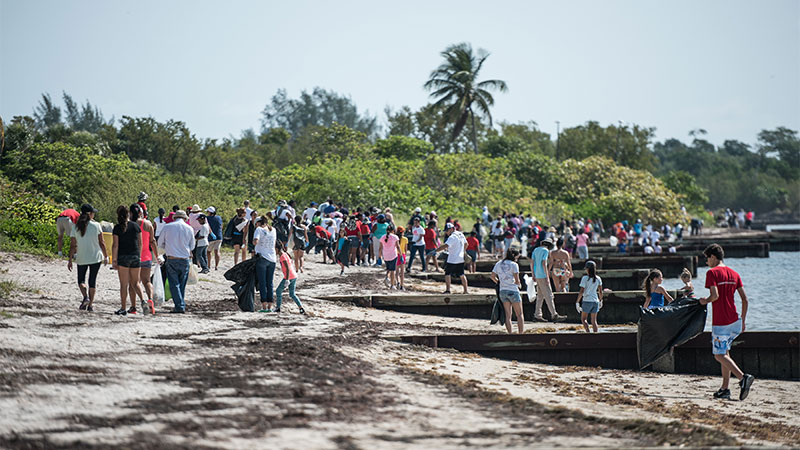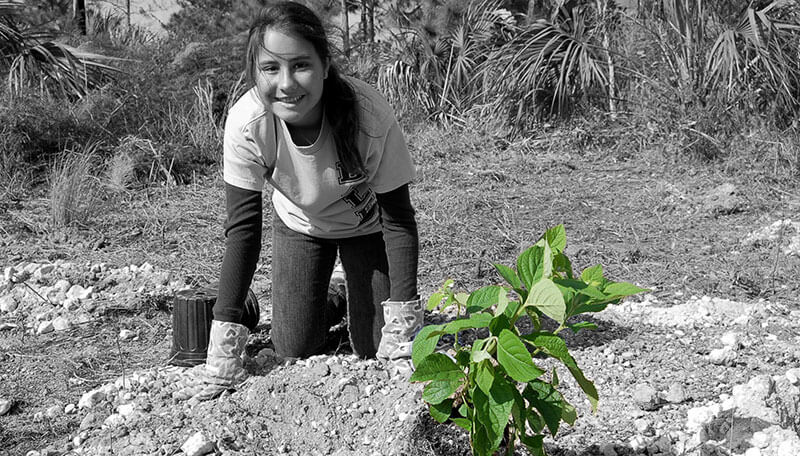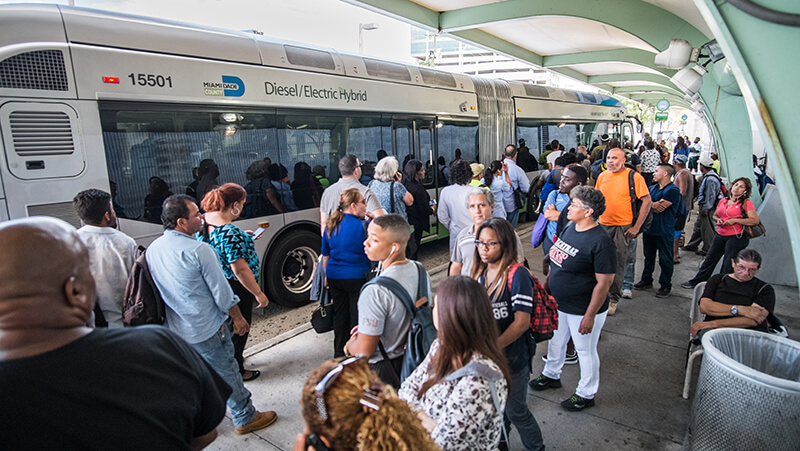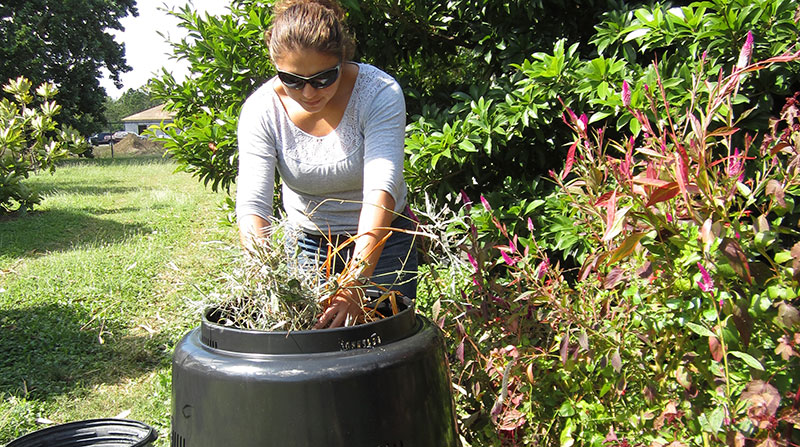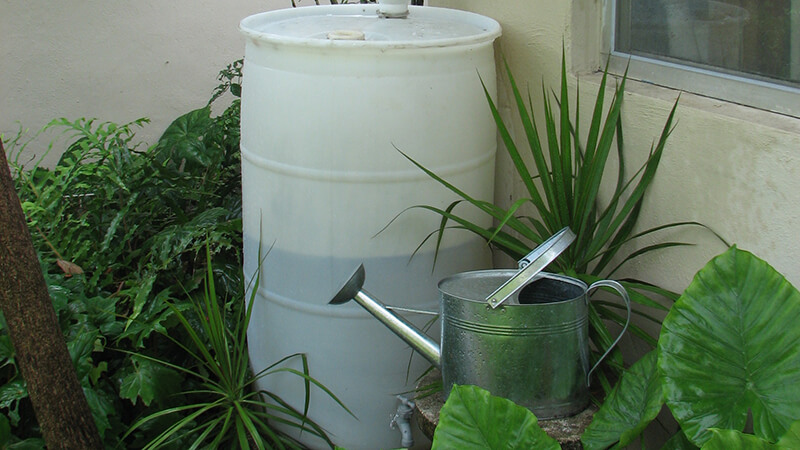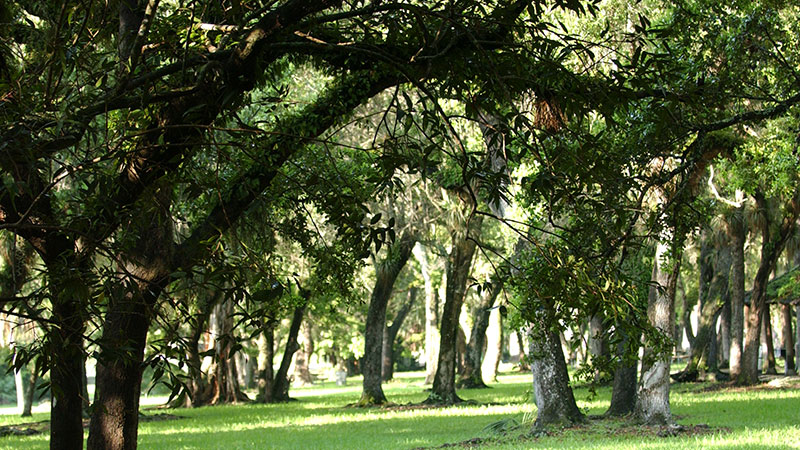Strengthening Resilience in Miami-Dade County
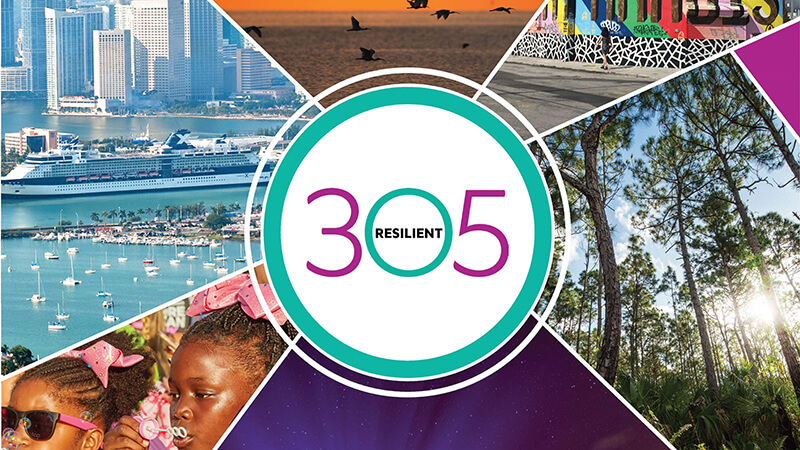
The collaboration between Miami-Dade County and the cities of Miami and Miami Beach was created to respond to 21st century challenges.
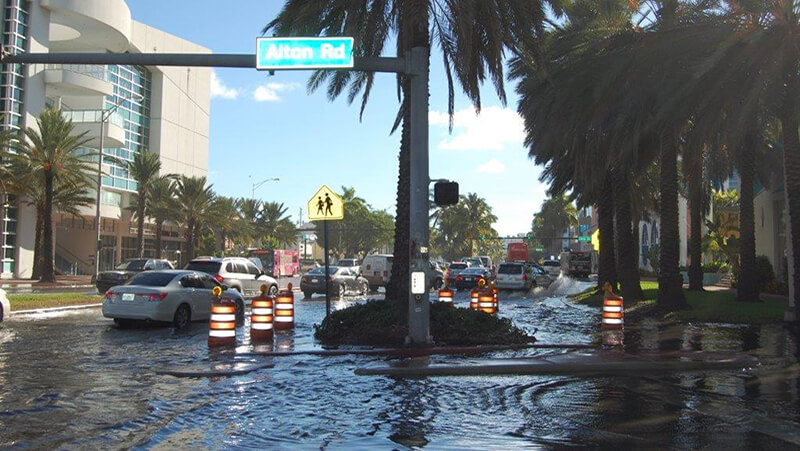
Learn about some of the risks and vulnerabilities related to climate change that our county faces.

Miami-Dade County is upgrading infrastructure, protecting communities and supporting innovative solutions to sea level rise and climate change.

Learn how heat related illnesses and deaths can be prevented with public education, policies and partnerships.
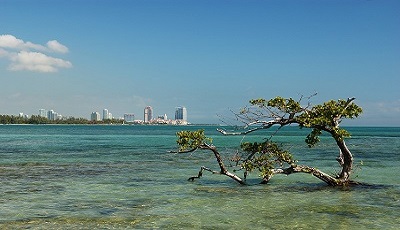
Biscayne Bay is a dynamic and diverse marine ecosystem with mangrove shorelines, a shallow bay, developed and undeveloped islands, and living coral reefs.
Sea Level Rise in Miami-Dade County
Explore how sea level rise is affecting Miami-Dade County, as well as ongoing efforts to mitigate and adapt.
Sea Level Rise Strategy HubResilience Initiatives
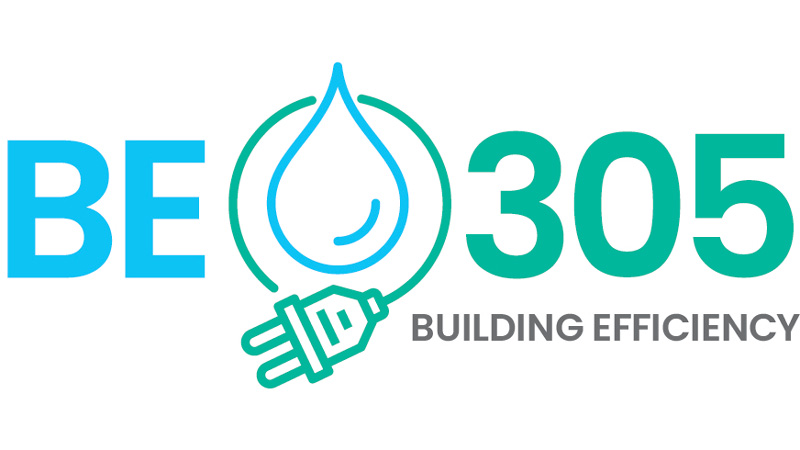
Efforts to increase energy and water efficiency in large public and private buildings.

Miami-Dade County seeks to measure and track greenhouse gas emissions to identify and implement solutions to reduce GHG emissions.
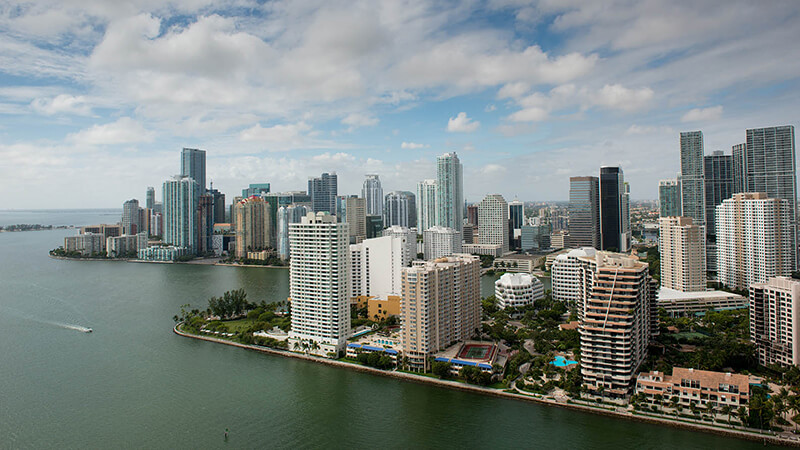
Miami-Dade County is the nonfederal sponsor supporting the U.S. Army Corps of Engineers’ (USACE) Miami-Dade County Back Bay Coastal Storm Risk Management Feasibility Study.
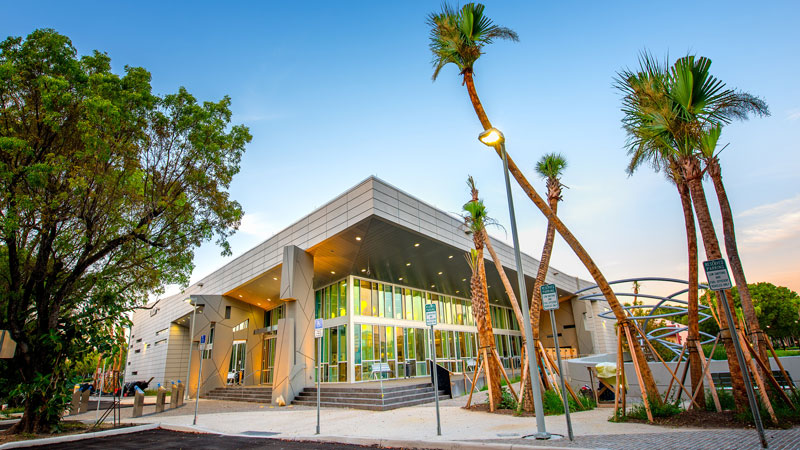
The Sustainable Buildings Program ensures construction and renovation projects use best practices in sustainable design.
Climate Action Strategy for Miami-Dade County
Find out how Miami-Dade County will cut greenhouse gases 50% by 2030 and reach net-zero emissions by 2050.
Climate Action StrategyNews & Events

Join the Office of Resilience on Wednesday, March 27, for an interactive virtual training designed to help builders achieve compliance with County codes, save money and reduce risks.
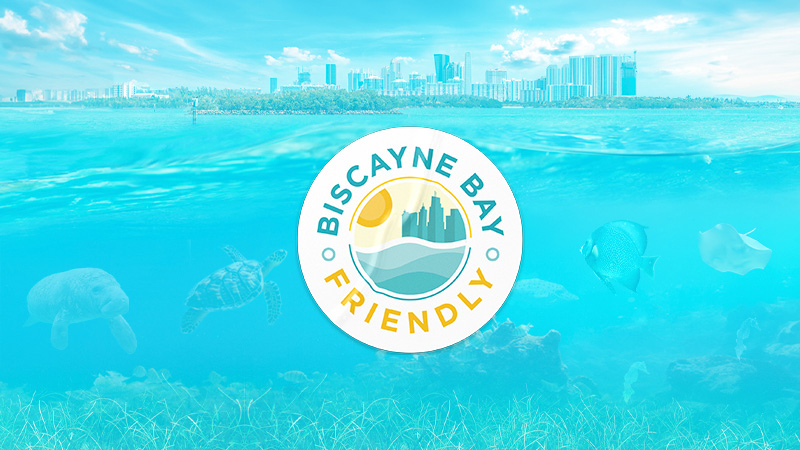
The Biscayne Bay Friendly campaign is an overarching multimedia and multilingual educational campaign for residents, business owners, tourists and students to highlight how daily individual actions can impact the bay.
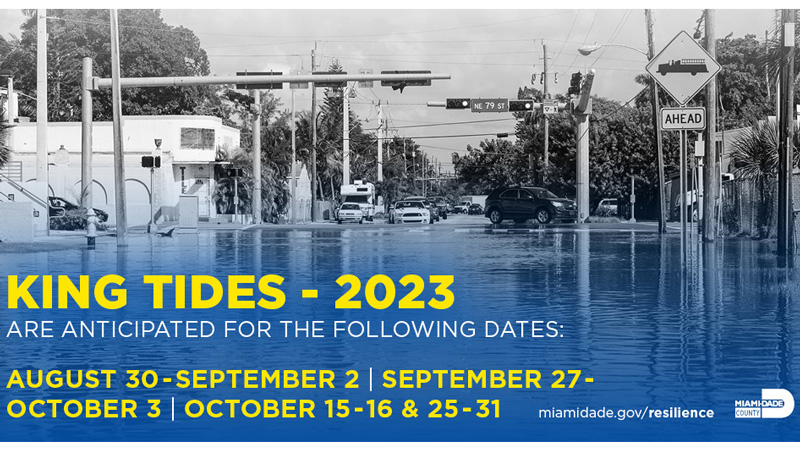
King Tides normally occur a few times per year and often cause nuisance flooding in coastal and low-lying areas.

Residents and small businesses in Miami-Dade County are eligible to join a solar co-op to be a part of the growing solar movement.

Thanks to a generous donation from the Brady Hunter Foundation, the fee to reserve the "Protect Biscayne Bay" specialty plate will be waived.
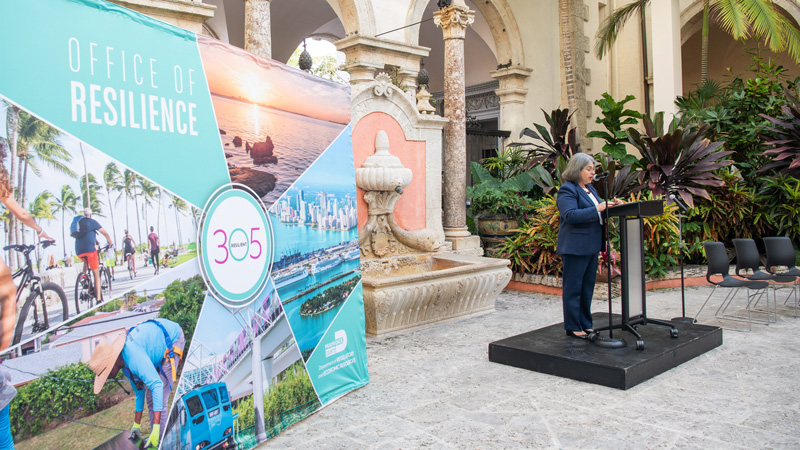
Join the Office of Resilience for an online meeting series on the progress being made toward the goals of the Climate Action Strategy.

Miami-Dade County's partnership with OBE Power is providing electric vehicle (EV) charging as a service to parking patrons at key locations throughout the County's public garages in Downtown Miami.
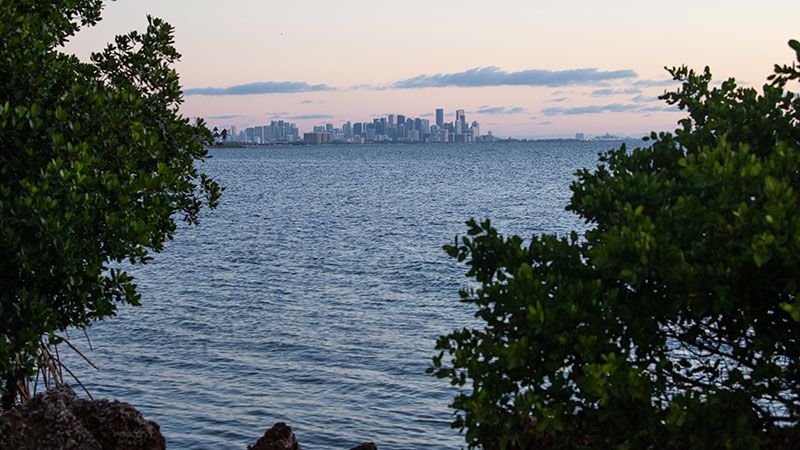
On Earth Day, Miami-Dade County released the Climate Action Strategy draft report and 2021 Biscayne Bay Report Card, important efforts to address our community’s environment and future.
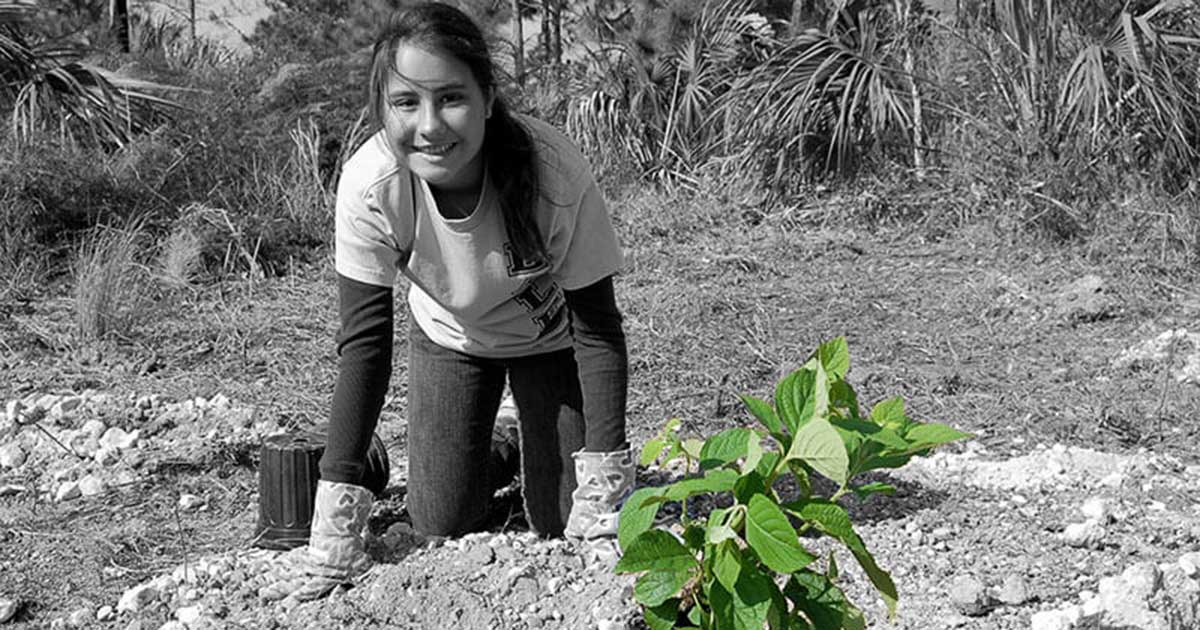
Help clean environmentally-endangered lands and bring them back to life. Collectively, we can make Miami-Dade County greener.
Videos
Resilient305 Overview
What We're Doing About Sea Level Rise
First Solar Farm
About Us
The Office of Resilience's mission is to lead Miami-Dade County to a resilient and environmentally sustainable future by identifying vulnerabilities, coordinating stakeholders and facilitating innovative solutions.
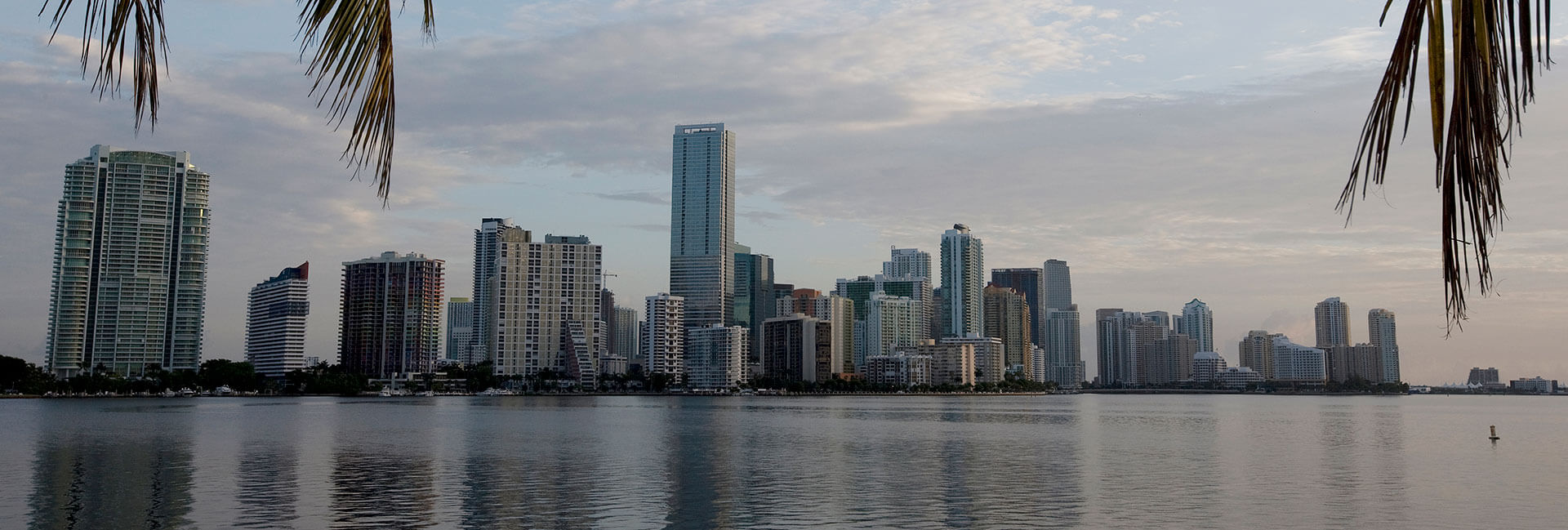
Office of Resilience
James F. Murley
Stephen P. Clark Center
111 NW 1st Street,
12th Floor
Miami, FL 33128
305-375-5593 | [email protected]

